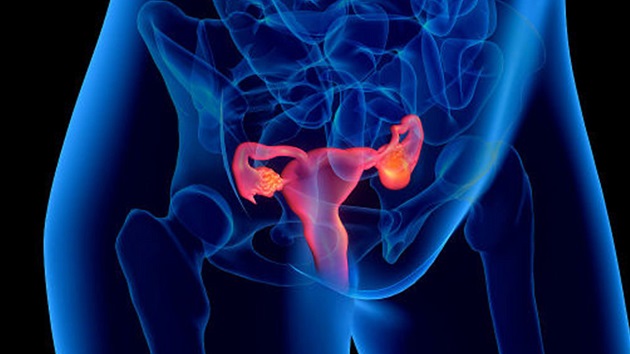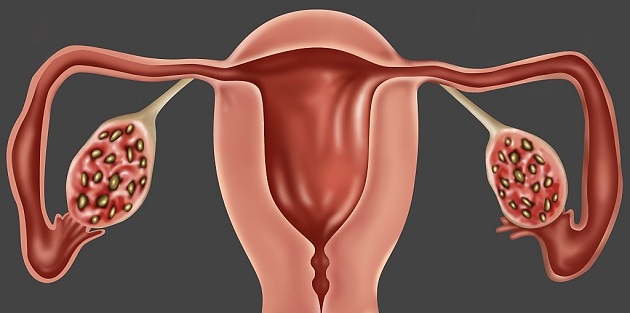The ovaries are soft with a spongy structure, so when they are attacked by the cancer they are quickly destroyed and it easily spreads to the surrounding organs.
Symptoms may be similar to normal PMS, ovulation or at worst, endometriosis, and therefore diagnosis is difficult.
Therefore, every woman must know the risk factors for this difficult and fatal state, which brings more and more lives each year.
In two-thirds of patients, the cancer shows visible symptoms only in the fourth and fifth stages, and is often extended to other surrounding organs.
These are the risk factors and conditions of ovarian cancer:
1. Hereditary genetic mutation
It’s about BRCA1 and BRCA2 mutations. The presence of the first causes a 44% greater chance of illness, and the second a 17% greater risk. BRCA1 is also associated with breast cancer, while BRCA2 is a risk factor for both skin cancer, pancreas, and also breast cancer.
If you wish, you can do a genetic test to know if you have predisposition to this disease.
2. Family history of the disease
Even if you do not have a genetic mutation that you have inherited from female relatives, if you have two or more cases of ovarian cancer in your family, you should be more serious in preserving your health. This means that you need to go for more regular gynecological controls and even look for tumor markers.

3. You are no longer young
According to statistics for previous cases, ovarian cancer commonly occurs in elderly women, most often over the age of 63. While a woman is younger and regularly receiving monthly cycles, her reproductive system more easily fights against the genetic factors and the triggers of the disease.
4. Overweight
Although overweight is a problem that can be caused by a variety of disorders, it is also a risk factor for ovarian cancer. When the woman has an excess of pounds, the ovaries “bother” to excrete more estrogen, hormonal disorders are formed, and at the age of age it can all result in cancer.

5. Hormonal therapy with estrogen
This therapy is most often taken by women in menopause, so they can get used to the new condition. But purely estrogenic hormonal therapies increase the risk of ovarian cancer. The risk is greater if the treatment was taken for several years in a row.
6. Endometriosis
Endometriosis itself is a major problem, but if it involves the ovaries then it causes a number of adverse disorders. Unfortunately, cancer is just one of them.
Of course, this text is of informative character and does not serve for self-diagnosis. For the best preservation of their intimate health, every woman should regularly go to gynecological examinations and carefully monitor her condition.

